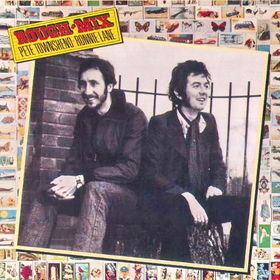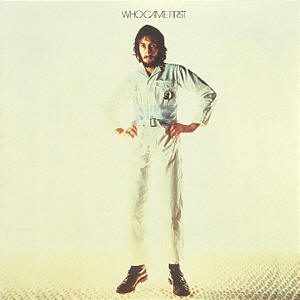(Read the introduction to this album here.)
Doing a quick recap, Ronnie Lane handled the folksy bits on this record whereas the Birdman doled out the rock numbers. It is Pete the one to start it all with the delirious sketch “My Baby Gives It Away”. He knows he is singing utter piffle, and he sings it so brazenly and the accompaniment is so joyous and upbeat that it is not as Dave Marsh says: Pete is not sounding as if he were having fun. He is having the time of his life in a studio in a long, long time. The song goes from silliness to silliness set to the steady beat of Charlie Watts and acoustic guitars that are strummed as if they were the cue for the listener to smile.
Ronnie takes the lead and supplies “Nowhere To Run” and “Annie”, with the instrumental title track sandwiched in between. I do like “Nowhere To Run” – its melody is good, but the lyrics are a bit hazy and it is tricky relating to them. “Annie”, on the other hand, is one of these songs about lost love that are impinged with so much sensibility that the melody (and words) paint concrete images into just anybody, young or old. Continue reading


